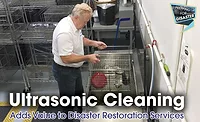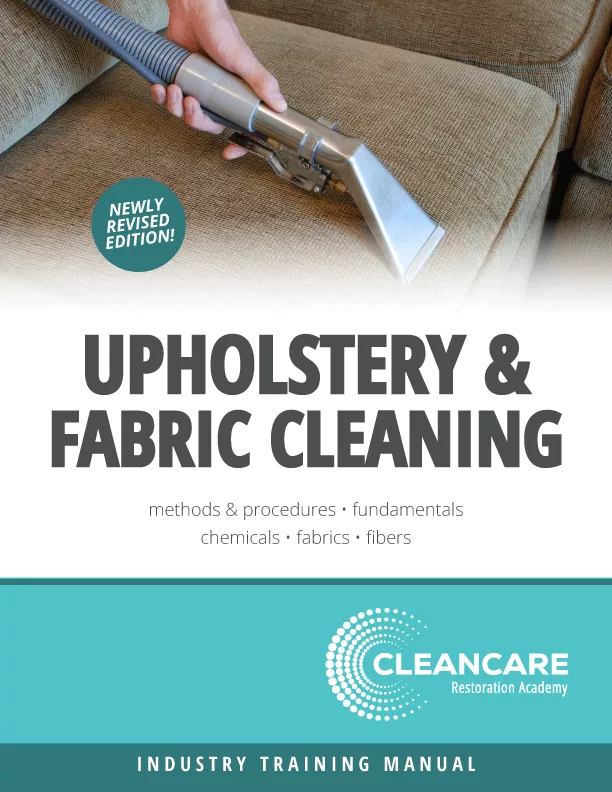Electronics Cleaning with Ultrasonic Technology
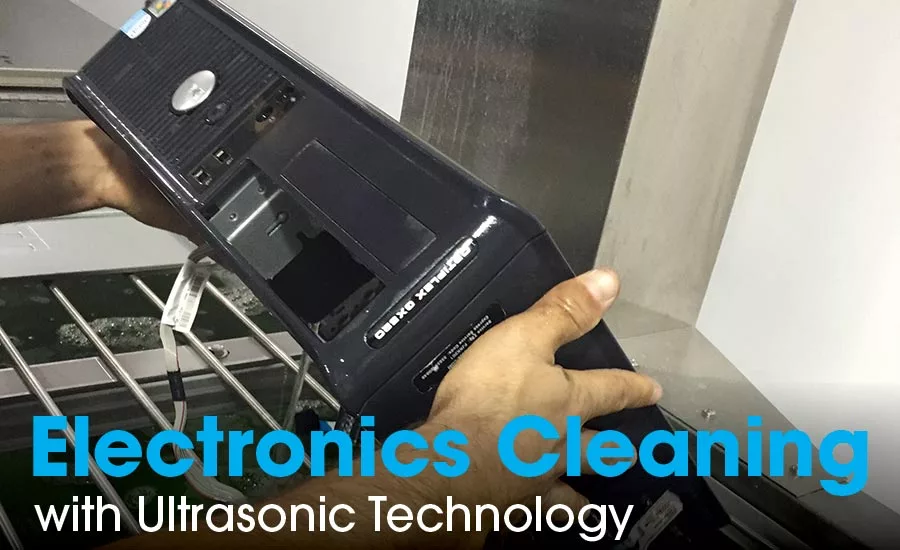
Photos courtesy of Morantz Ultrasonics
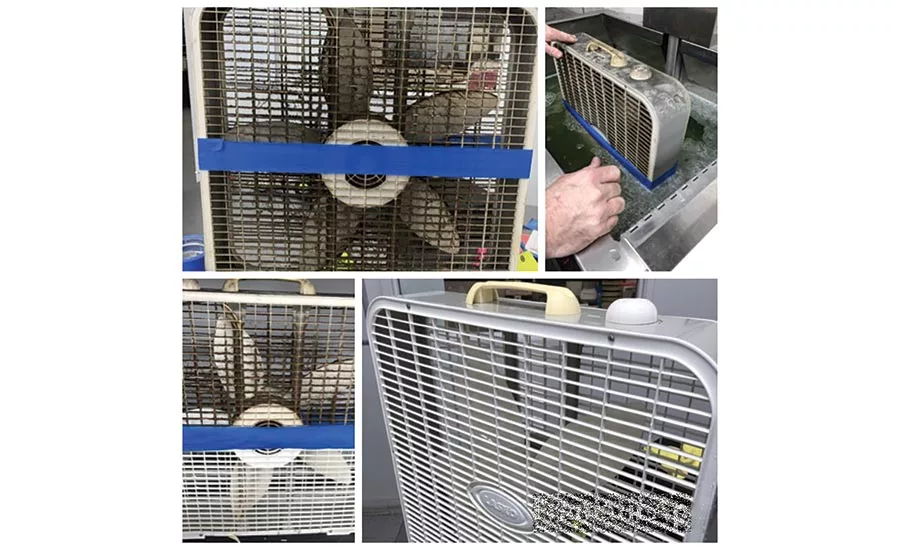
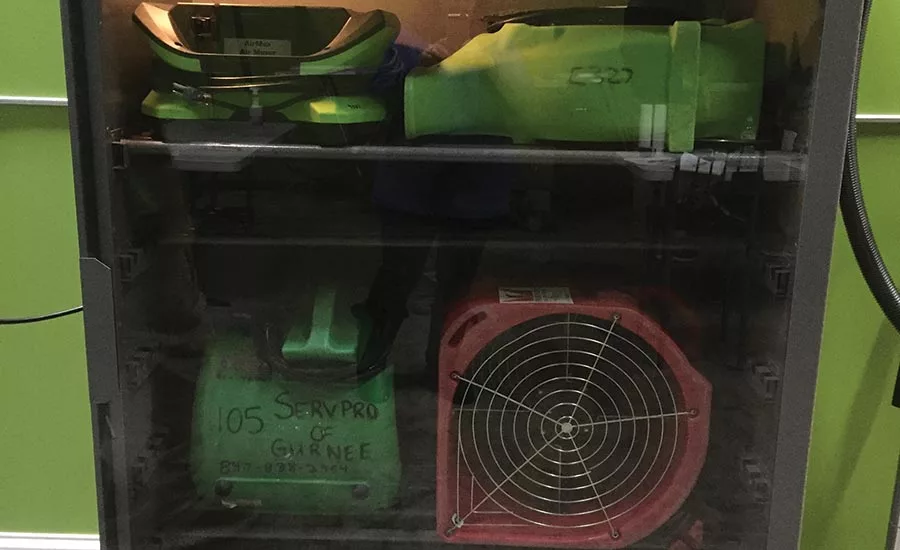
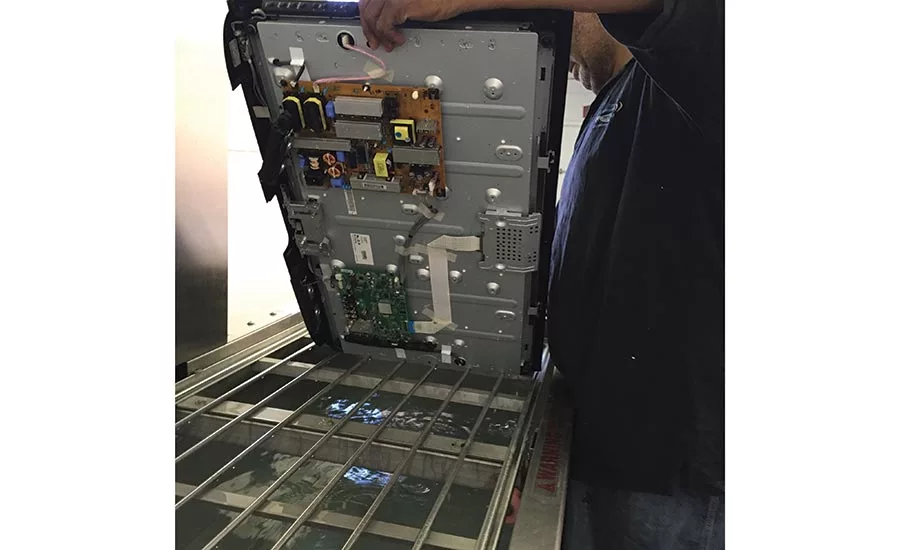
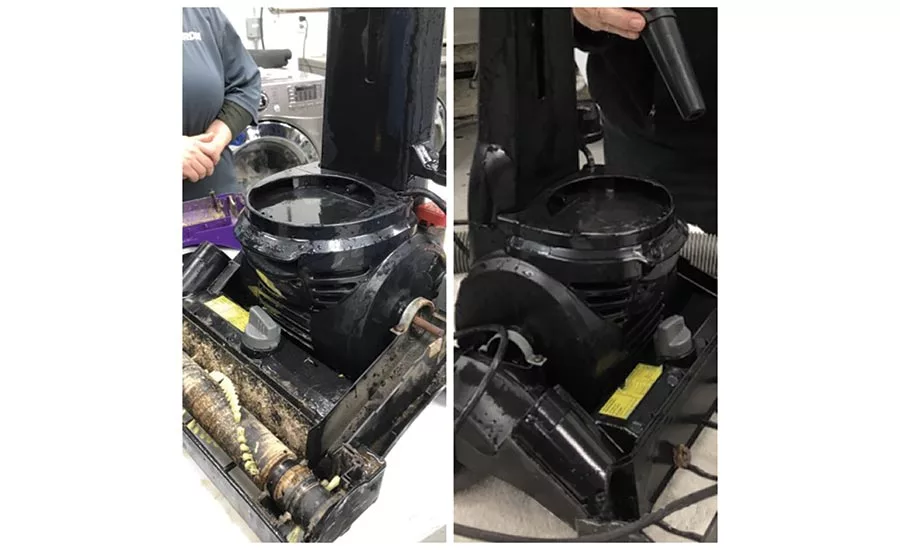
Electronics and electric appliances are part of daily life. Desktop computers, laptops, game consoles, televisions, phones, printers, tools, toys, and much more are found in nearly every home and business. When it comes to fire, water, and mold damage, these items cannot be ignored. Adjusters are steadily learning electronics can be deep cleaned, and insurance companies are recognizing the cost savings of paying only a fraction of the cost to clean these items versus replacement. This realization is driving the restoration industry to offer electronics cleaning services.
Electronics manufacturers have had great success using ultrasonic machines to clean a debris known as flux from circuit boards. This flux is the result of soldering components onto the boards. Because the ultrasonic process is safe, gentle, detailed, and fast, it remains a preferred method. If it works for the electronics manufacturing side, why not for the cleaning side?
This was my father’s thinking as he introduced ultrasonic cleaning to the restoration industry over 30 years ago. There was a need to clean standard contents as well as soot-damaged televisions and computers, radios and stereo equipment, vacuums and coffee makers, and much more. Techniques and processes were developed. Equipment was adapted. Drying equipment was invented specifically for electronics. All of this provided restoration companies with the tools they needed to offer this specialty service. For those that did not bring the cleaning service in-house, subcontractors appeared. The industry evolved.
Of course, ultrasonic cleaning is not the only method being utilized for electronics cleaning. Most notably, an alternative is hand wiping and/or spray-booth power washing. The benefit of those methods is the start-up cost is relatively low. The detriment, however, can quickly outweigh the initial cost savings. Here are the top five reasons why companies use or move to ultrasonic cleaning:
- Ultrasonic cleaning is deep and detailed. Penetrating into the smallest nooks and crevices both inside and outside, items are thoroughly cleaned with ultrasonics. This eliminates repeat cleaning and acidic corrosion.
- Ultrasonic cleaning provides consistency. Results are not wholly dependent upon the person doing the job.
- Ultrasonic cleaning is fast. Most items clean within one to two minutes. Some equipment allows for larger batch cleaning, which is even faster and more productive. With decreased labor (always the biggest expense), profit margins rise.
- Ultrasonic cleaning is diversified. Besides electronics, you can clean a wide variety of items including most that are plastic, wood, glass, fabric, and metal. With more items to clean that would previously be considered a loss, there are increased savings for the insurance company, and increased billings for the service business. A true win-win.
- Ultrasonic cleaning is professional. Marketing ultrasonic equipment is easy. It immediately stands out from other methods. Superior results and more items capable of being cleaned equates to more cleaning jobs being sent your way.
The good news for companies that may have invested in alternative equipment is that it can still be used and incorporated with ultrasonic cleaning. Recently, CRDN Textile and Electronics Restoration retrofitted its facility in Berkley, Mich., with ultrasonic equipment. The goal was to enhance the company’s electronics cleaning capability. At this location, CRDN had already invested in a spray booth and a drying cabinet. Cleaning success varied, and a lot of labor was used. However, CRDN’s most pressing issue was meeting demand. With hundreds of items to clean each day, the company could not keep up. The solution was to add ultrasonic cleaning.
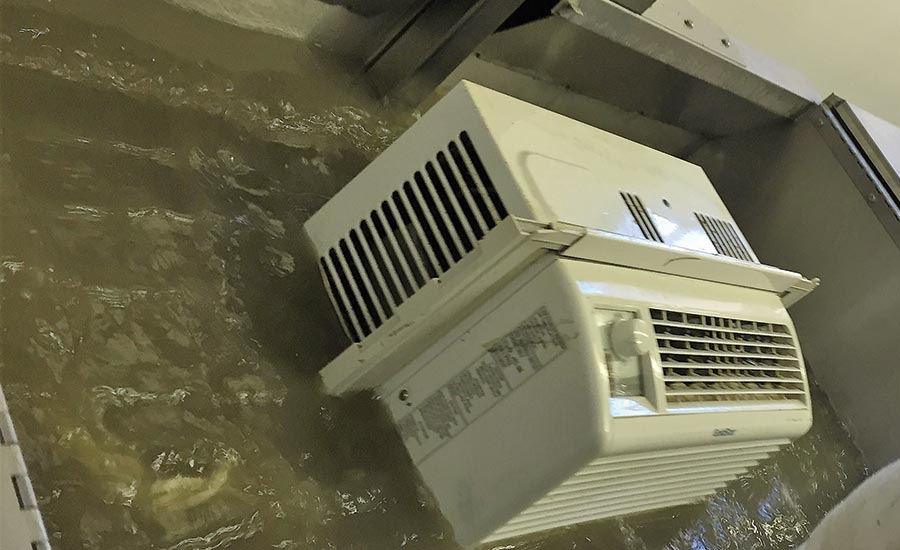
Generally, the process of cleaning electronics is similar regardless of method. There needs to be a pre-clean of the item if there is heavy soot or dirt. This is followed by a deeper clean, a de-ionized water rinse, and then drying. Ultrasonic equipment manufacturers offer full systems with multiple stations to handle each step, speeding up the process. Lifting systems are even faster and easier to use. This will allow the operator to clean large, bulky items without strain and larger batches of items.
For CRDN, an ultrasonic system with a lift was installed to handle the deep cleaning. The spray booth was moved into position to be utilized as a source of de-ionized water, and accordingly, a rinse station. The drying cabinet was dedicated to computers, and a drying room was built to handle the remainder of the large quantity of items that needed drying each day. The staff was trained, and work began with ultrasonic cleaning.
A month later, CRDN reported that pallets full of electronics were being processed each day. The amount of labor required has been reduced, as well as associated cost. Bob Fearon, president of CRDN Textile and Electronics Restoration, commented, “When we launched our electronics cleaning service at CRDN, we wanted to apply the method that gave us the best chance for complete restoration of any item. The [new equipment] has given CRDN the ability to safely clean most electronic items in a fraction of the time. It has increased our productivity and quality, while allowing us to restore items that were considered non-restorable in the past. Our Berkley facility processes multiple jobs daily and the Morantz System for Cleaning Electronics has made the work very efficient.”
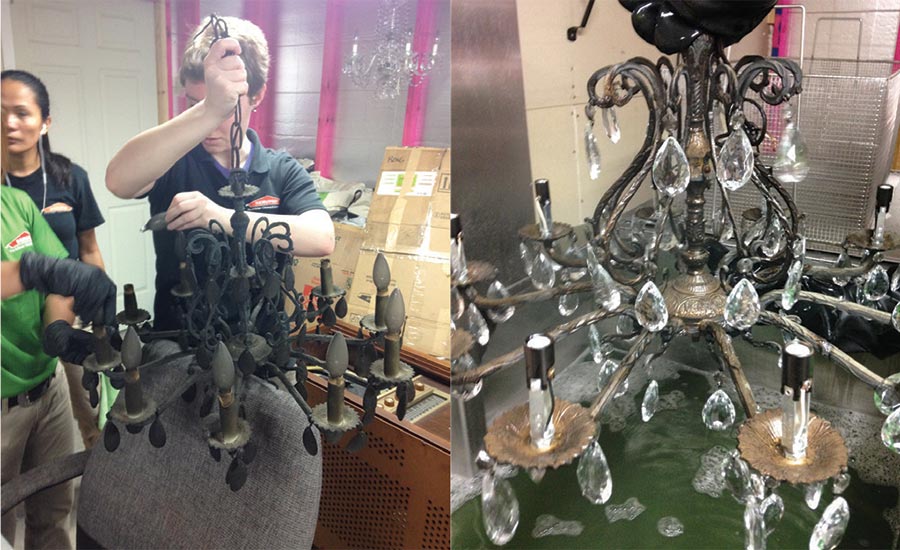
Electronics are everywhere. With the proper tools and training, ultrasonic cleaning of these items adds profit to the service.
Looking for a reprint of this article?
From high-res PDFs to custom plaques, order your copy today!




